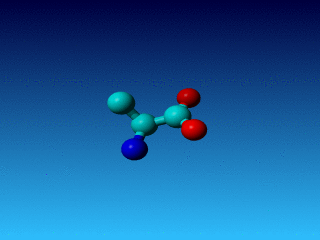
Alanine
While doing this at home, you can look at
the following 20 pictures that are hyperlinked to short seminars describing some
bioinformatically interesting aspects of those amino acids. The summary is at the bottom
of this page.

|
Alanine |
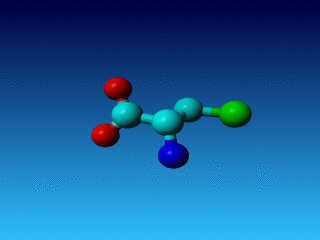
|
Cysteine |
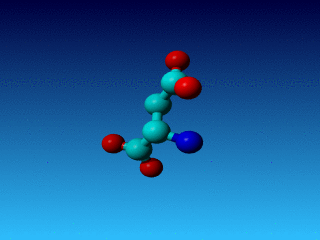
|
Aspartic acid |
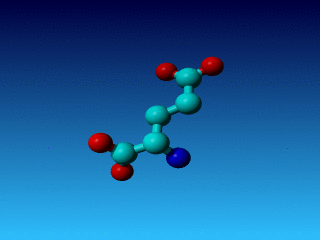
|
Glutamic acid |
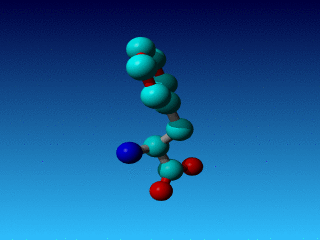
|
Phenylalanine |
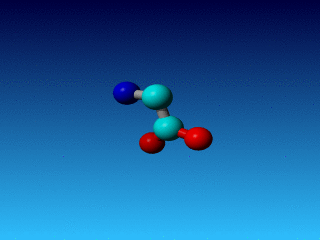
|
Glycine |
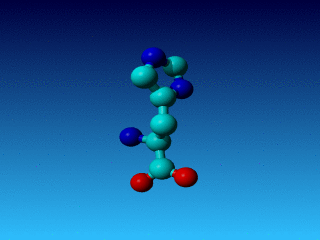
|
Histidine |
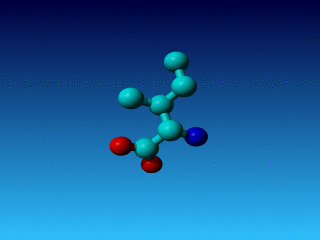
|
Isoleucine |
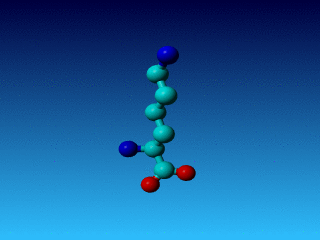
|
Lysine |
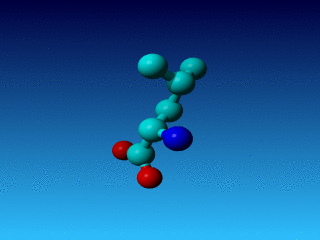
|
Leucine |
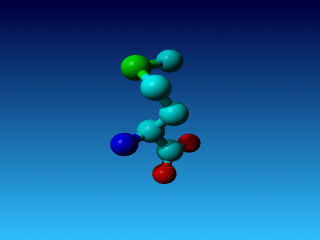
|
Methionine |
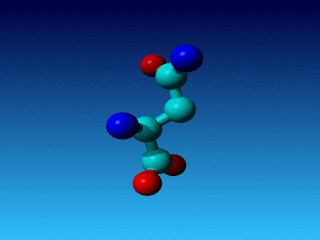
|
Asparagine |
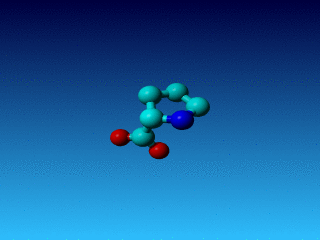
|
Proline |
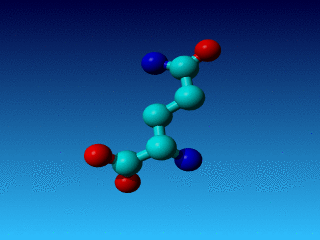
|
Glutamine |
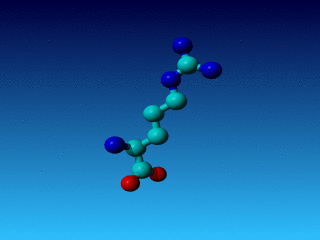
|
Arginine |
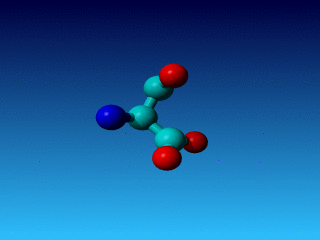
|
Serine |
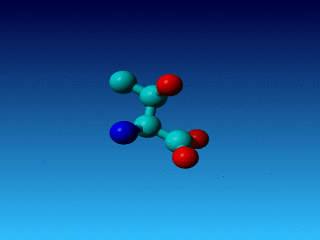
|
Threonine |
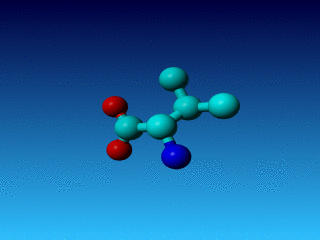
|
Valine |
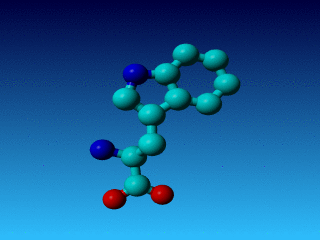
|
Tryptophan |
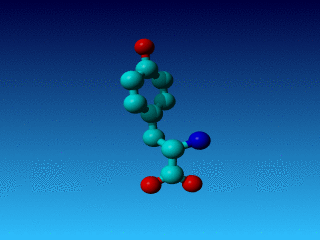
|
Tyrosine |
The special characteristics that I like to see (and that i like you to understand why I like you to know them...) are:
Cys Reactive, bridges, active site, metal binding Asp Active site, binding metals like Ca, K, Na Gly No side chain, flexible His -/0/+, binding metals like Zn, Ni, Cu, Fe, active site Met Start codon Pro Sidechain bound to backbone twice, No H on backbone N Arg Guanidinium group is rigid Ser Small alcoholic, active site Trp Largest, very hydrophobic, very conserved |
Call the guanidinium group the 'group with all the Ns' if this word is meaningless to you.